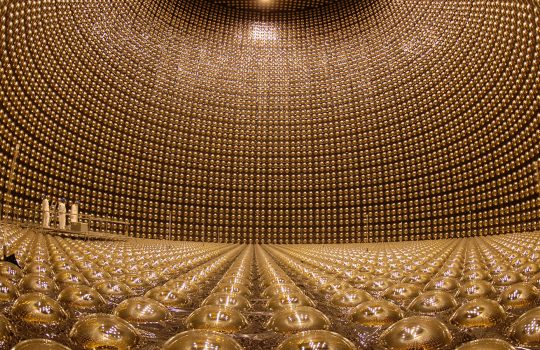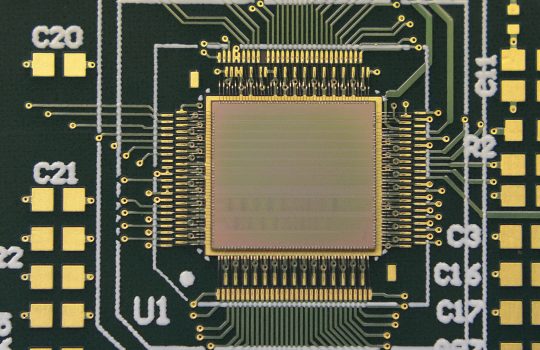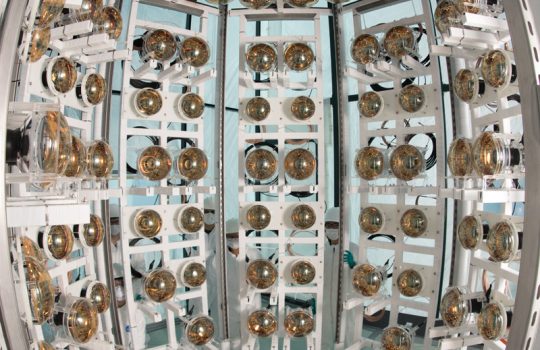Neutrinos may explain why we don’t live in an antimatter universe
From New Scientist, April 15, 2020: Differences between matter and antimatter, called CP violation, have been measured in some particles, called quarks, but the level isn’t nearly enough to explain the observed imbalance between matter and antimatter. The T2K collaboration has observed hints that CP violation in neutrinos may be able to make up the difference. DUNE spokesperson Ed Blucher of the University of Chicago comments on the result.



